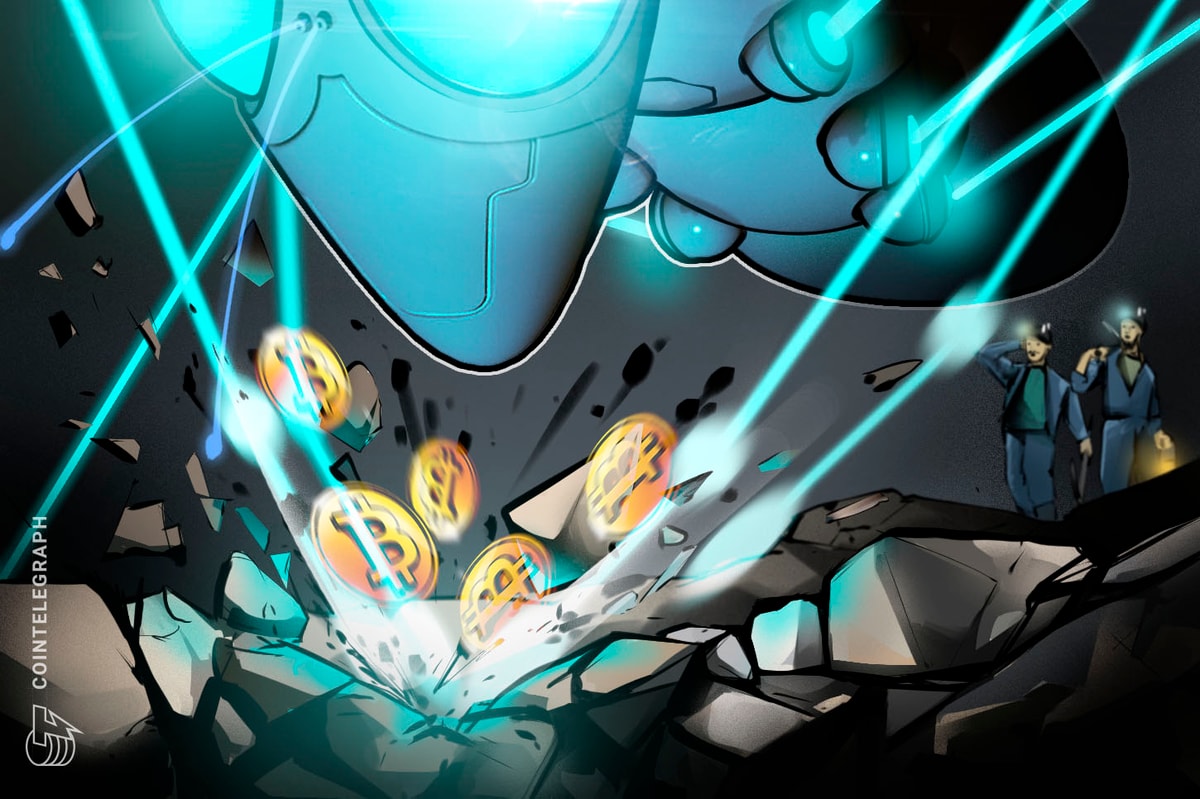In the high-octane world of Bitcoin mining, where hash rate dominance and operational efficiency drive shareholder value, U.S. miners face a formidable obstacle: an antiquated tax regime that squeezes margins and threatens market stability. Publicly traded heavyweights like MARA Holdings (NASDAQ: MARA), Riot Platforms (NASDAQ: RIOT), and CleanSpark (NASDAQ: CLSK) are sounding the alarm on IRS policies that impose immediate taxation on newly mined Bitcoin as ordinary income, followed by capital gains tax upon sale—a double-taxation burden not faced by traditional commodity industries like gold or oil.
This structure forces miners to liquidate Bitcoin prematurely to cover tax liabilities, potentially flooding the market and destabilizing prices. As miners rally for tax alignment with commodities, the outcome could redefine their capex strategies, hash rate scalability, and competitive edge in a post-halving environment where every joule and dollar counts.
The crux of the issue lies in the IRS’s classification of Bitcoin as property rather than a commodity. When miners like Bitdeer (NASDAQ: BTDR) or Core Scientific (NASDAQ: CORZ) validate a block and earn Bitcoin rewards, the fair market value of those coins is taxed immediately as ordinary income, often at rates exceeding 37% for high-earning corporations. If the Bitcoin is later sold—whether to fund fleet upgrades or cover opex (operating expenses)—miners face capital gains tax on any price appreciation, effectively taxing the same asset twice. This contrasts sharply with commodities like gold, where miners incur no tax liability until the asset is sold. For MARA Holdings, which reported a record-breaking Q1 2025 with 23 joules per terahash (J/TH) efficiency and 49,179 BTC in treasury reserves, this tax structure creates a liquidity crunch, forcing sales that erode their HODL (hold on for dear life) strategy and limit reinvestment in next-generation ASICs like Bitmain’s Antminer S21 Pro (17 J/TH).
The financial strain is acute in today’s mining environment, where costs have surged 34% to over $70,000 per BTC due to rising energy prices and network difficulty hovering at 126.4 trillion. Post-halving economics, with block rewards slashed to 3.125 Bitcoin, amplify the pressure. Riot Platforms, operating one of North America’s largest mining facilities, has highlighted how premature BTC sales to cover taxes disrupt long-term value creation, particularly as global hash rate nears 1,000 EH/s (exahashes per second). CleanSpark, targeting 32 EH/s by year-end, relies on modular infrastructure and low-cost power to maintain margins, but tax-driven liquidations divert capital from scaling operations. As Abundant Mines CEO noted, “Aligning Bitcoin taxation with commodities would reduce forced selling, stabilize market dynamics, and unlock investor confidence.”
The market implications are significant. Forced liquidations by U.S. miners, who control over 31.6% of global hash rate, could flood the market with BTC supply, depressing prices and rattling investor sentiment. Core Scientific, which has diversified into high-performance computing (HPC) to hedge mining volatility, warns that excessive sell pressure undermines BTC’s store-of-value narrative. The Bitcoin Mining Council estimates that U.S. miners’ HODL strategies, with reserves surpassing many ETF holdings, make their tax treatment a linchpin for price stability. A commodity-style tax framework—deferring taxation until sale—would allow miners to retain Bitcoin on their balance sheets, enhancing financial flexibility and reducing market-disrupting liquidations.
Achieving reform, however, is no small feat. The IRS has long resisted reclassifying digital assets, citing concerns over tax evasion and regulatory complexity. Political gridlock in Washington, especially amid broader digital currency policy debates, further complicates the path forward. Miners like Hut 8 (NASDAQ: HUT), with low-cost operations in Canada achieving sub-3-cent-per-kWh power costs, are exploring cross-border strategies to mitigate U.S. tax burdens, signaling the risk of capital flight. Jurisdictions like Canada and Brazil, with favorable energy profiles and regulatory climates, could siphon investment if U.S. policies remain punitive.
Publicly traded miners are adapting through operational ingenuity. Bitdeer, with 11.4 EH/s in hash rate, has leaned into yield strategies like staking to offset cash flow constraints. Riot Platforms has secured power purchase agreements at sub-4-cent-per-kWh rates to preserve margins, while MARA’s disciplined fleet management drives efficiency gains. Yet, these are stopgap measures. As MARA’s CEO Fred Thiel stated in a recent earnings call, “A fair tax structure is critical to scaling our operations and competing globally.” The Financial Accounting Standards Board’s 2024 shift to fair value accounting for digital assets offers a precedent, but legislative action is needed to align taxation with commodities.
The industry’s push for reform is gaining momentum, intensifying lobbying efforts through groups like the Bitcoin Mining Council. A successful outcome could unlock significant value, enabling miners to reinvest in infrastructure, optimize energy efficiency (e.g., sub-20 J/TH rigs), and scale hash rate to capture block rewards. Failure to reform risks eroding the U.S.’s position as a mining hub, potentially redirecting capital to more favorable jurisdictions. Tax equity will be a defining battle for long-term sustainability as miners navigate rising difficulty and energy costs.
In conclusion, the U.S.’s outdated tax regime poses a critical challenge for Bitcoin miners, forcing premature sales that threaten financial stability and market dynamics. Aligning Bitcoin’s tax treatment with commodities could empower miners to scale operations, strengthen balance sheets, and maintain global competitiveness. For publicly traded miners, the fight for reform is not just about margins—it’s about securing the future of U.S. Bitcoin mining.
Watch | Mining Disrupt 2025 Highlights: Profitable trends every miner should know
















![11 Best Crypto & Bitcoin Casinos in Australia [2025]](https://coincheckup.com/blog/wp-content/uploads/best-crypto-and-bitcoin-casinos-in-australia-coincheckup-1024x576.png)
 English (US) ·
English (US) ·